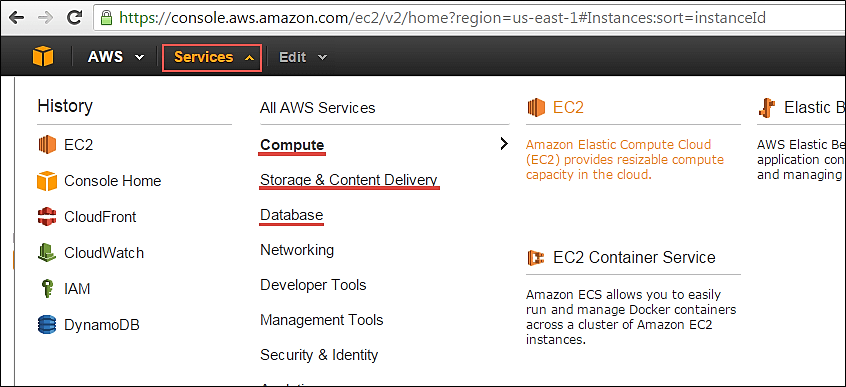Adding an OVM server back into OVM Manager after a reload
This question is Not Answered.
980874 Dec 19, 2012 12:59 PM
We have created a sandbox environment to test Oracle virtualization and had 2 physical servers setup. One running Oracle OVM and the other Oracle Linux. The Oracle Linux box had OVM Manager installed and was using local storage for the repository.
After about a month of running the Oracle Linux box was reloaded without saving any of the OVM Manager configuration information. After reloading the Oracle Linux box and installing OVM Manager my first issue was adding the OVM server back into a pool. We were getting the error that it was already being managed by another host. After a quick search of the Oracle forum I found a post suggesting that we stop the ovs-agent on the OVM box and remove a file.
These were the commands:
# service ovs-agent stop
# rm /etc/ovs-agent/db/server
# service ovs-agent start
After doing this I was able to discover and add the server into a pool. The next issue was when I went to look at the virtual machines hosted on the OVM machine. All 6 of the virtual machines that were created now show as "orphan_004fb0000060000...". In digging around I noticed that the repository for the local storage was not setup so when I go to try add the local disk back as a repository and I select "create a data repository: select physical disk" it comes back as blank.
If I click the storage tab and look under local file systems I see the disk and it has location repository specified and server listed under presented servers.
I am thinking the mapping is somehow messed up after adding the host back to a new OVM Manager and I need to relink the storage to the repository but am a little lost as to how to accomplish this.
I am trying to avoid reloading the entire OVM server so I don't lose the work already done with the existing virtual machines.
After about a month of running the Oracle Linux box was reloaded without saving any of the OVM Manager configuration information. After reloading the Oracle Linux box and installing OVM Manager my first issue was adding the OVM server back into a pool. We were getting the error that it was already being managed by another host. After a quick search of the Oracle forum I found a post suggesting that we stop the ovs-agent on the OVM box and remove a file.
These were the commands:
# service ovs-agent stop
# rm /etc/ovs-agent/db/server
# service ovs-agent start
After doing this I was able to discover and add the server into a pool. The next issue was when I went to look at the virtual machines hosted on the OVM machine. All 6 of the virtual machines that were created now show as "orphan_004fb0000060000...". In digging around I noticed that the repository for the local storage was not setup so when I go to try add the local disk back as a repository and I select "create a data repository: select physical disk" it comes back as blank.
If I click the storage tab and look under local file systems I see the disk and it has location repository specified and server listed under presented servers.
I am thinking the mapping is somehow messed up after adding the host back to a new OVM Manager and I need to relink the storage to the repository but am a little lost as to how to accomplish this.
I am trying to avoid reloading the entire OVM server so I don't lose the work already done with the existing virtual machines.



No comments:
Post a Comment